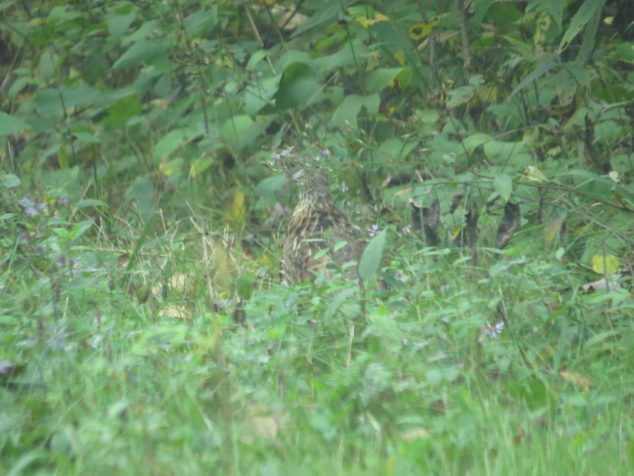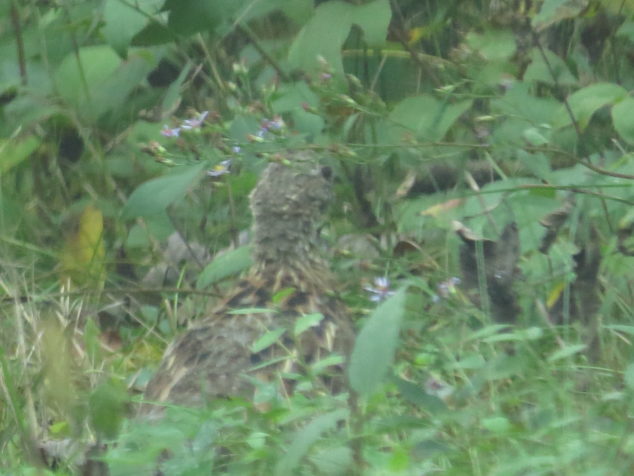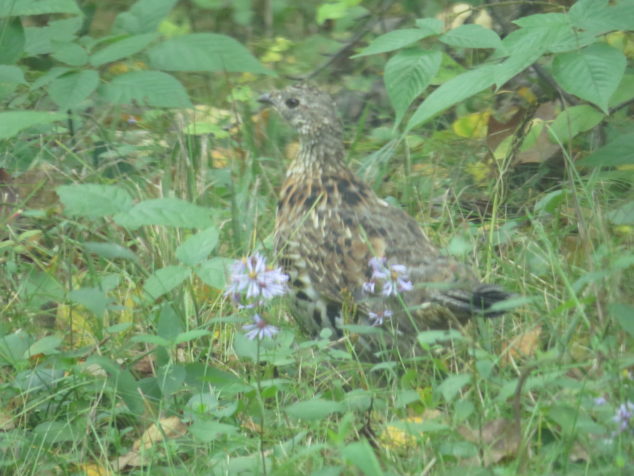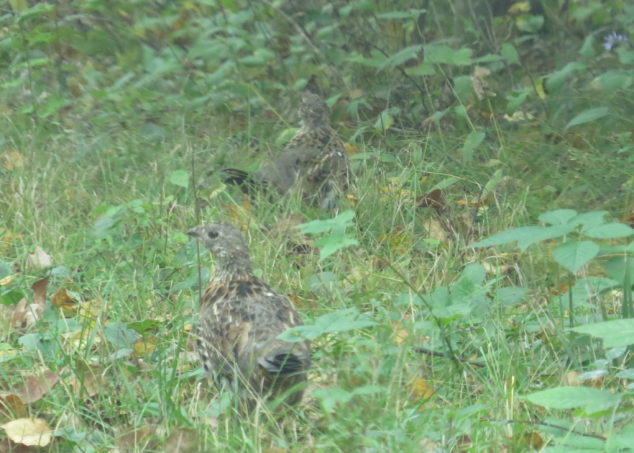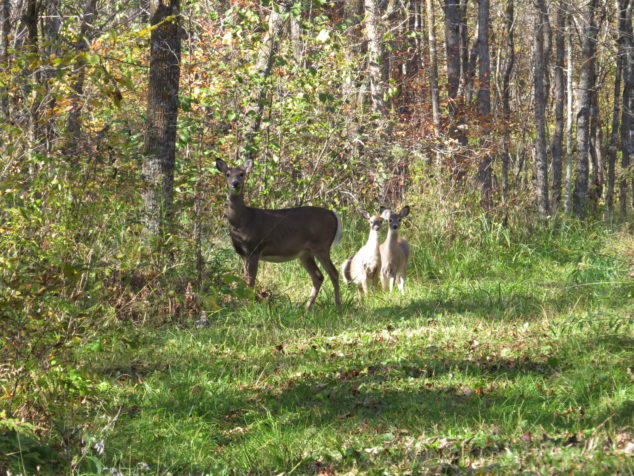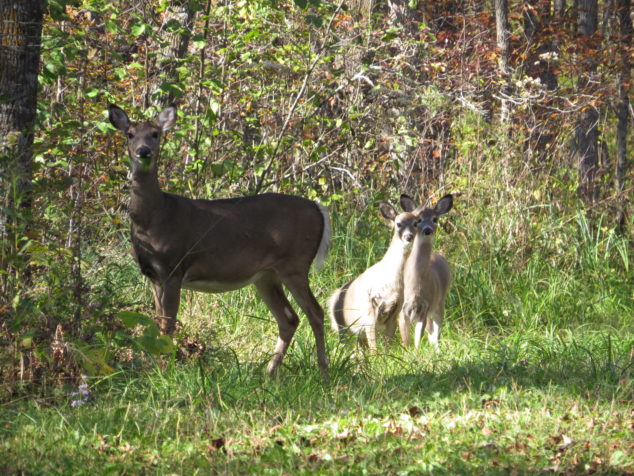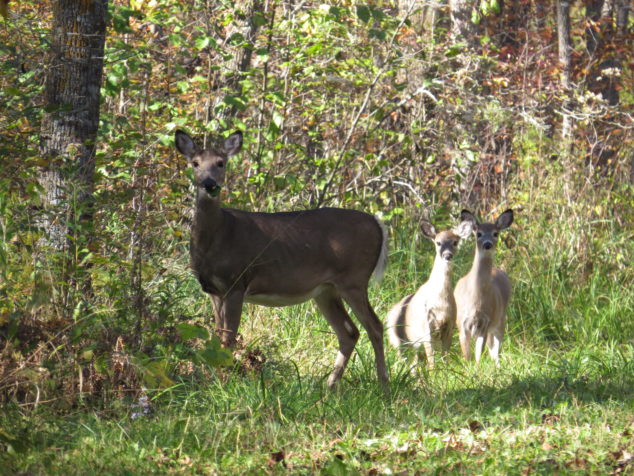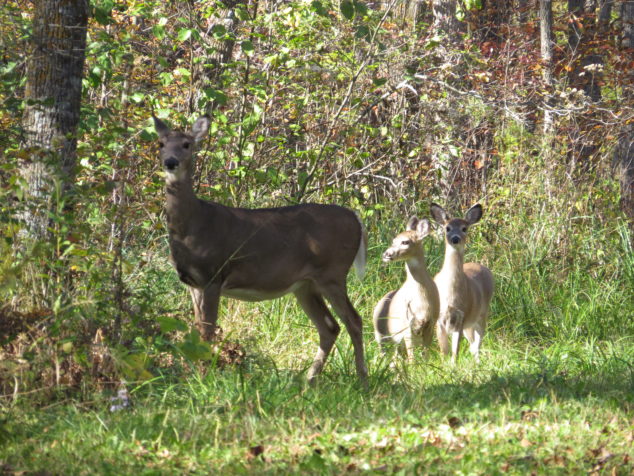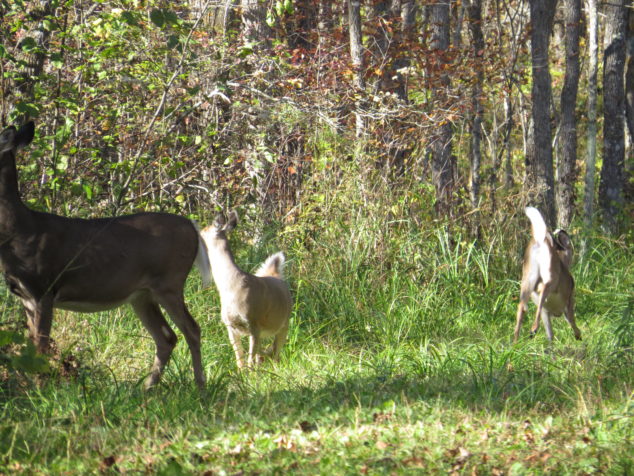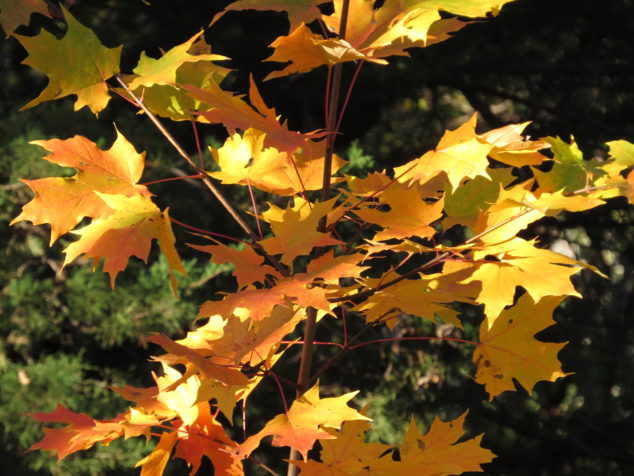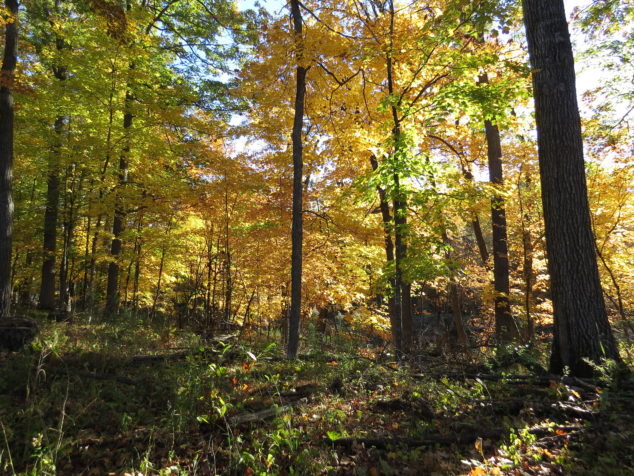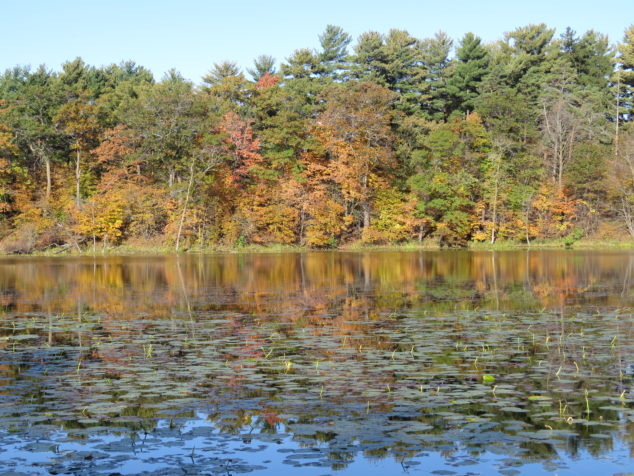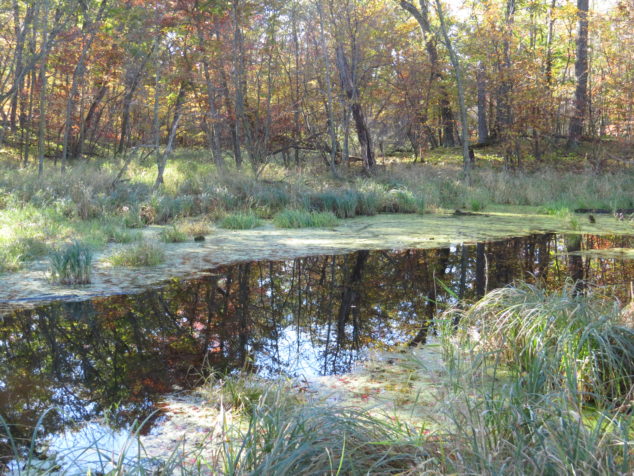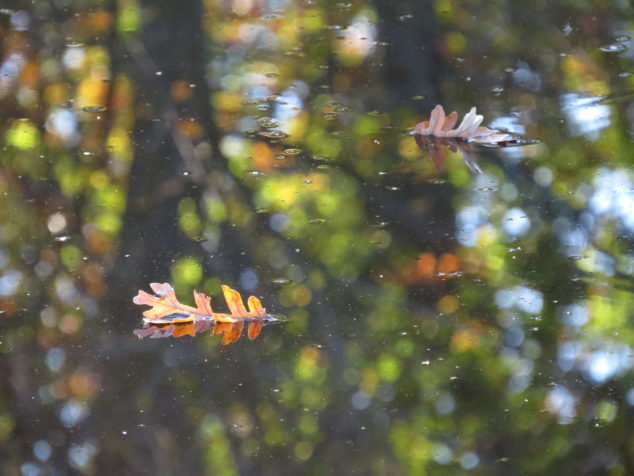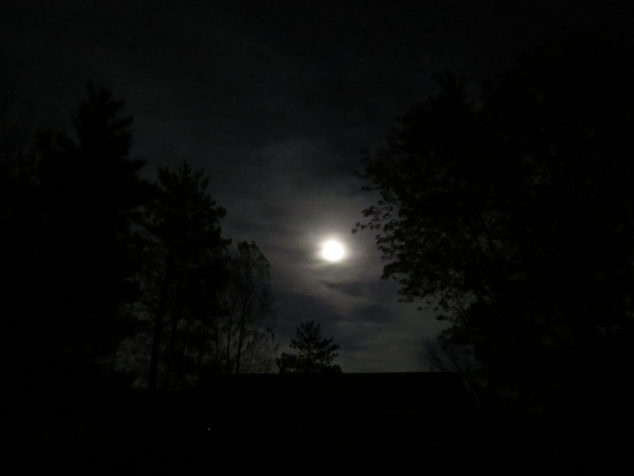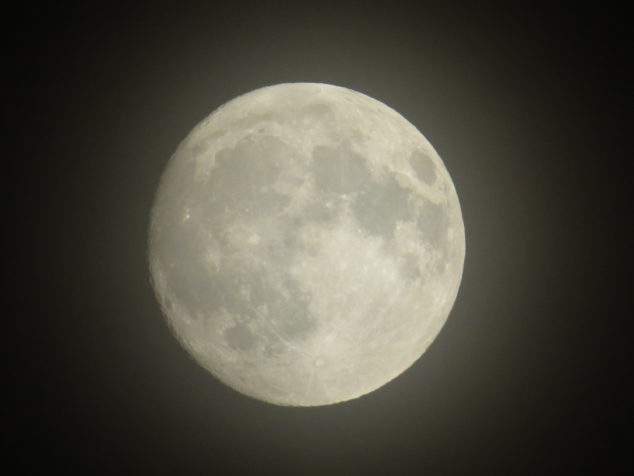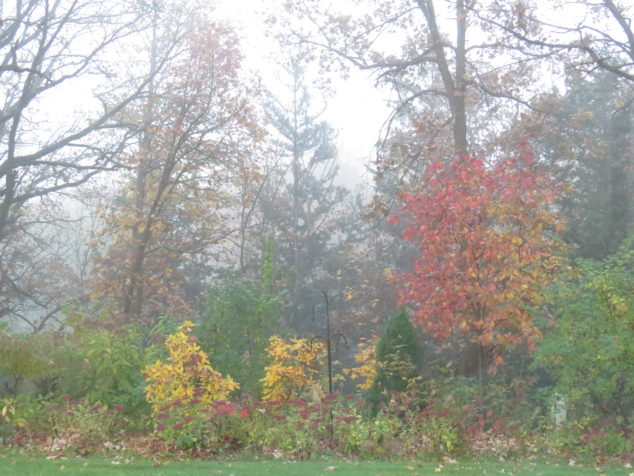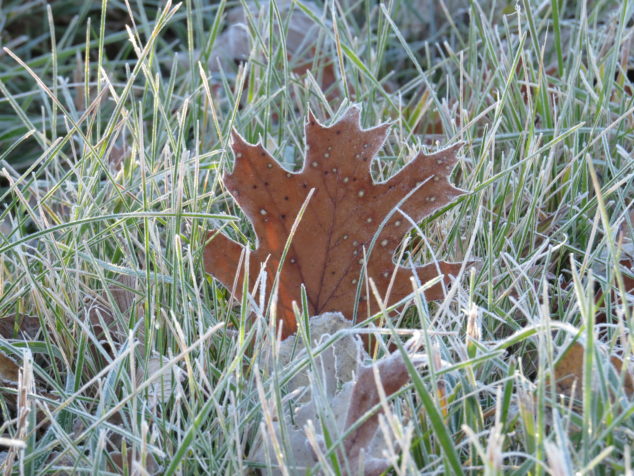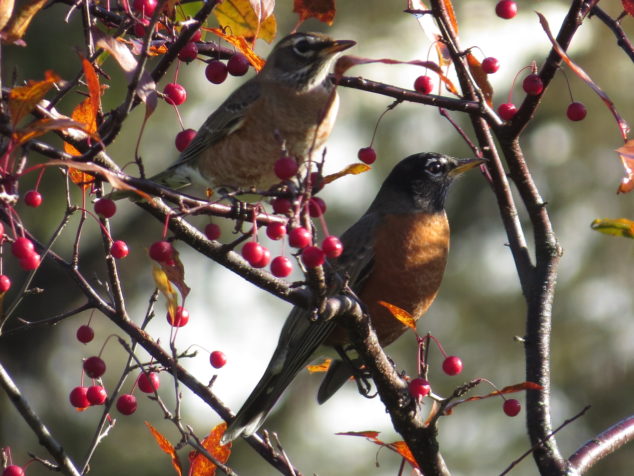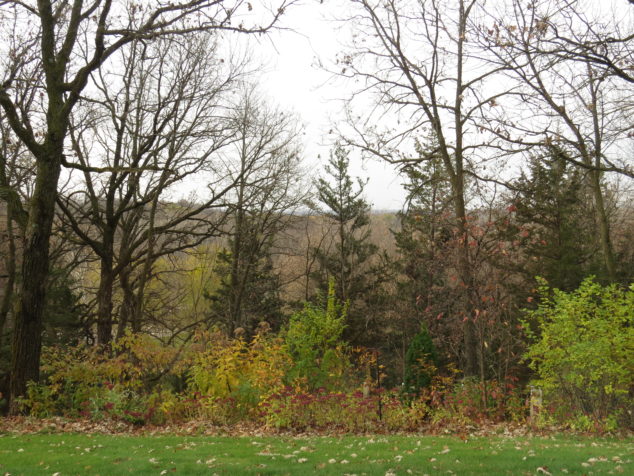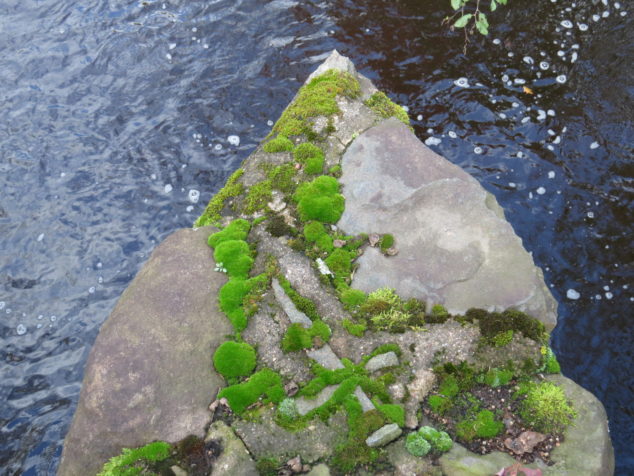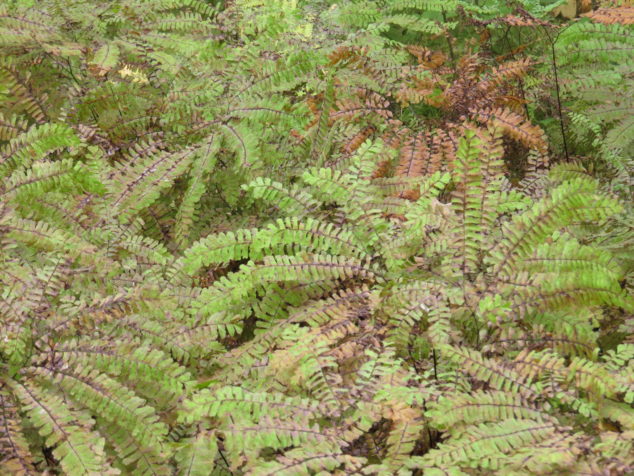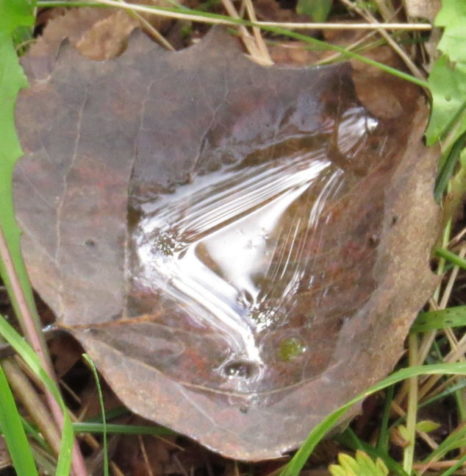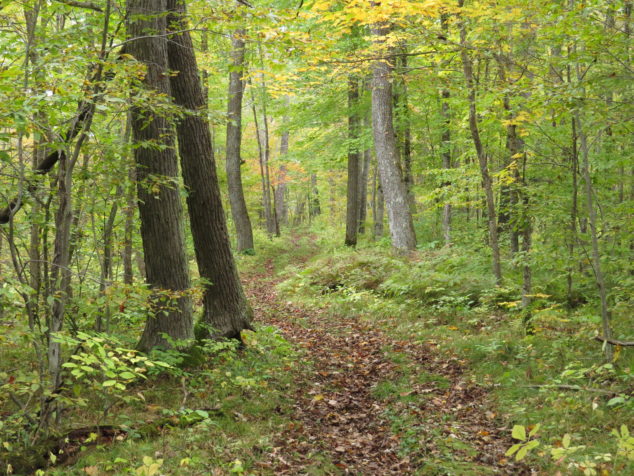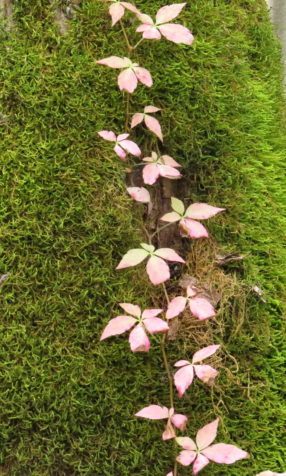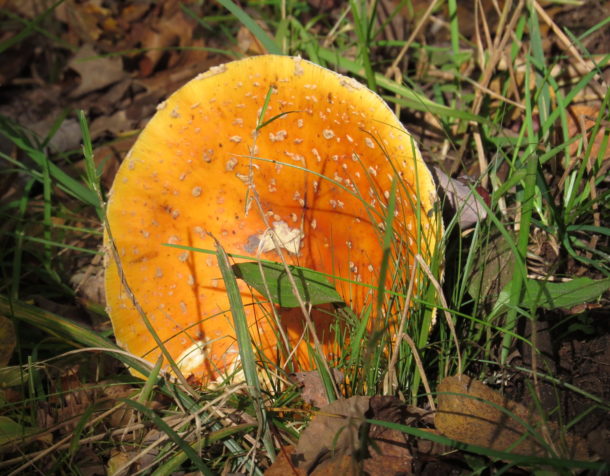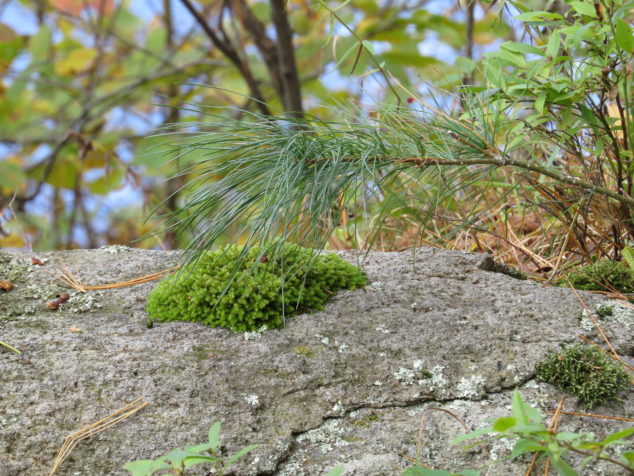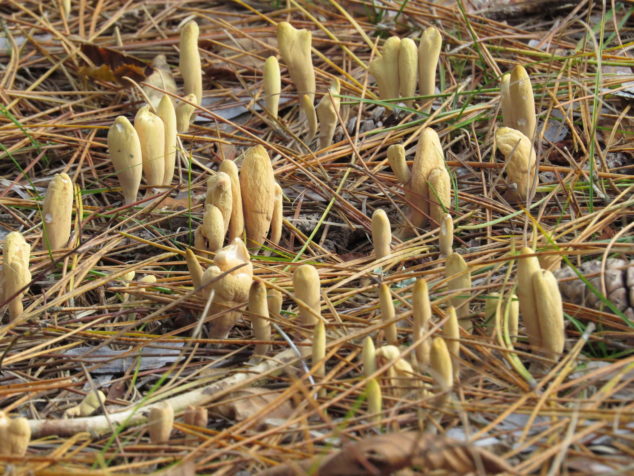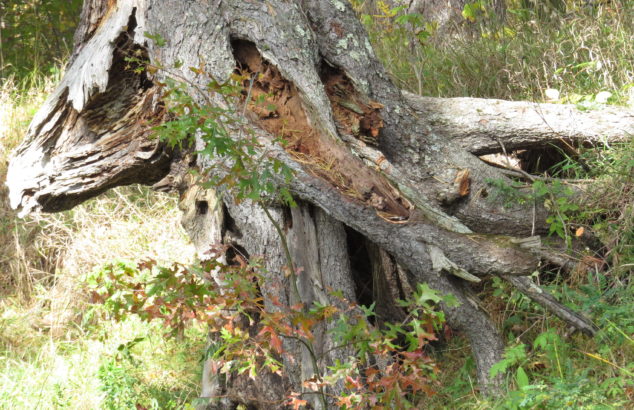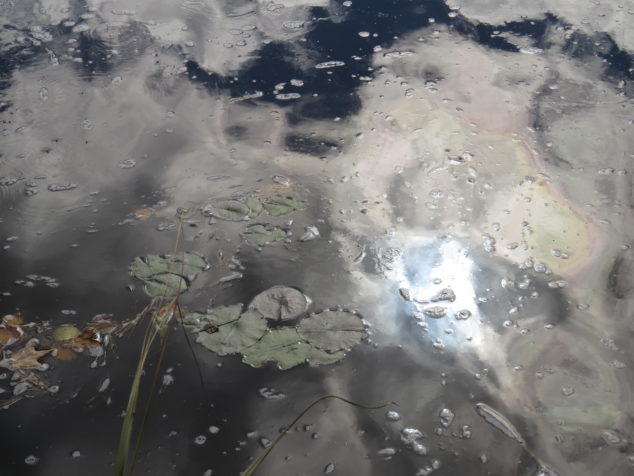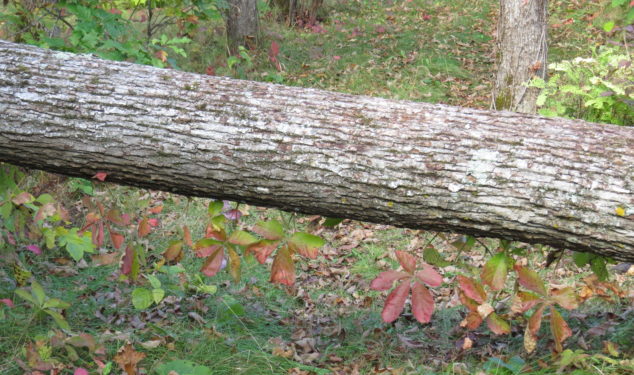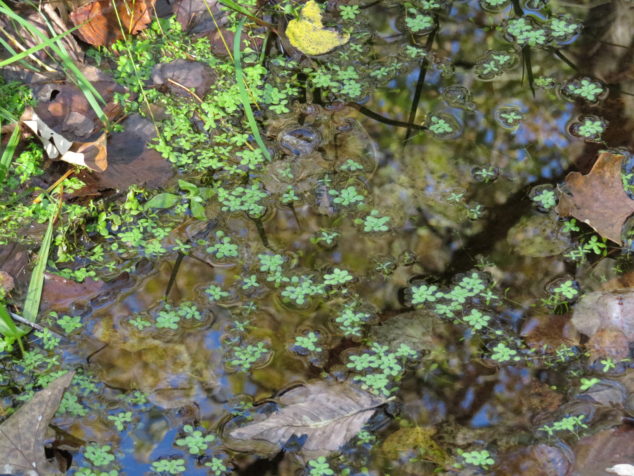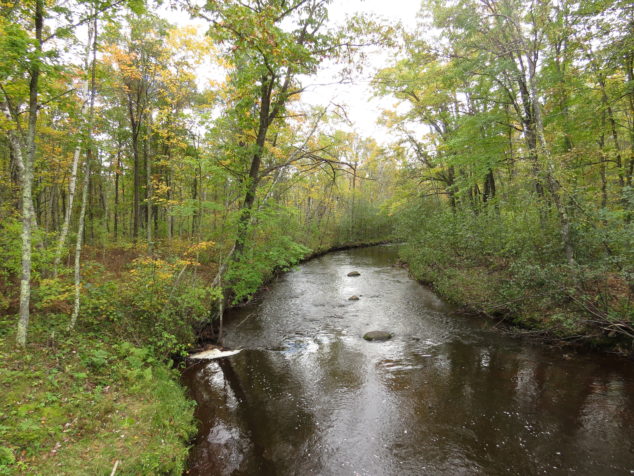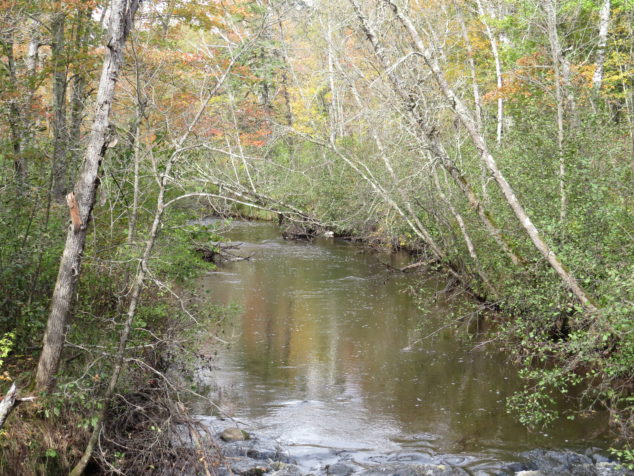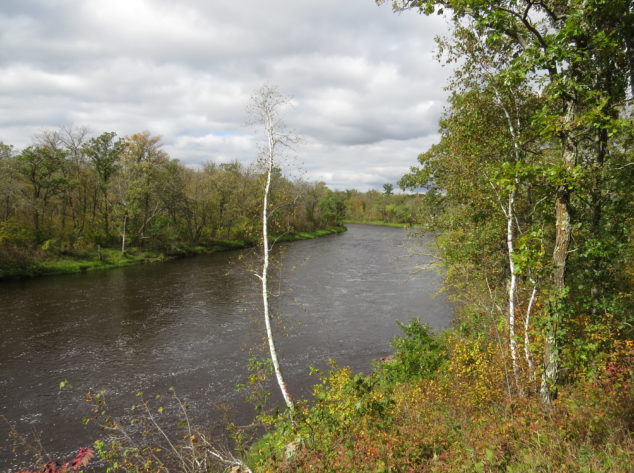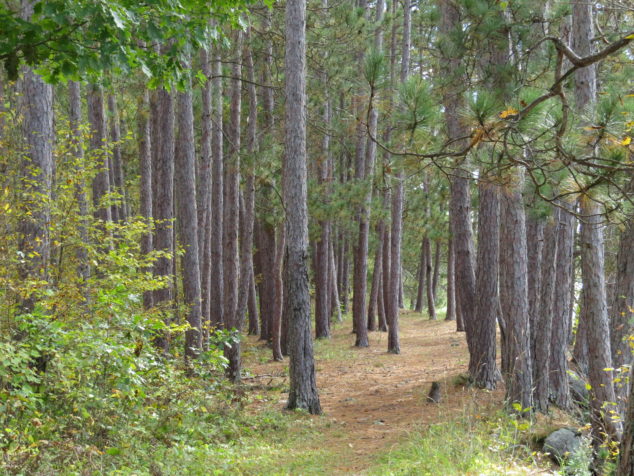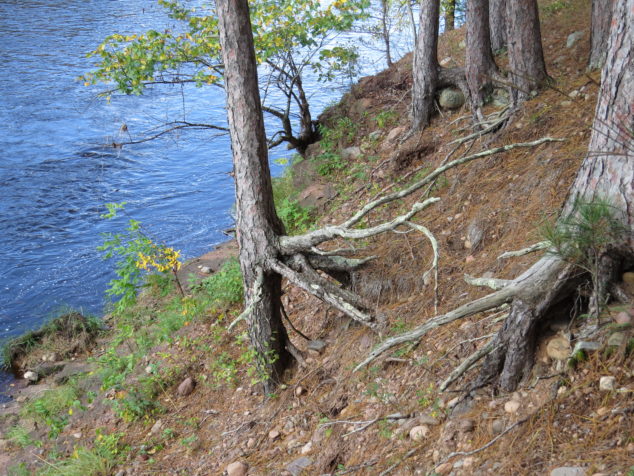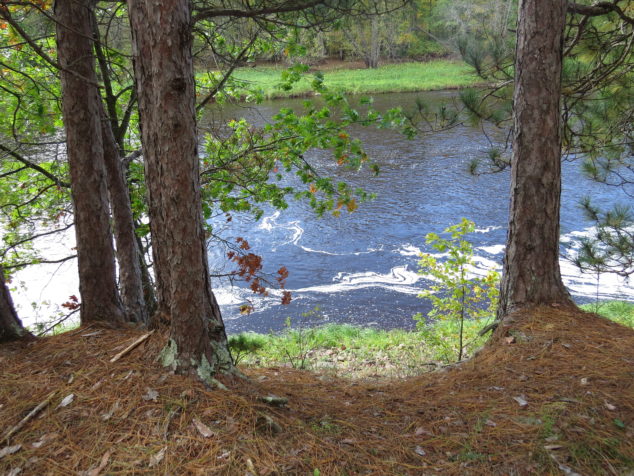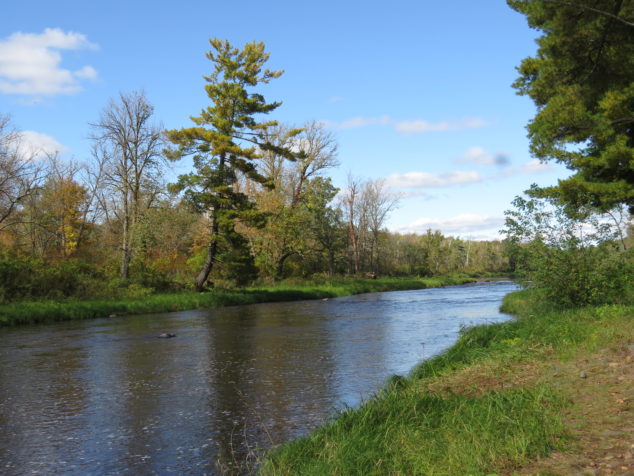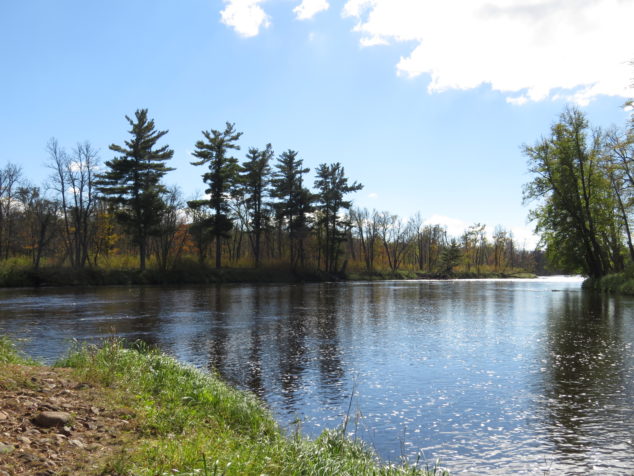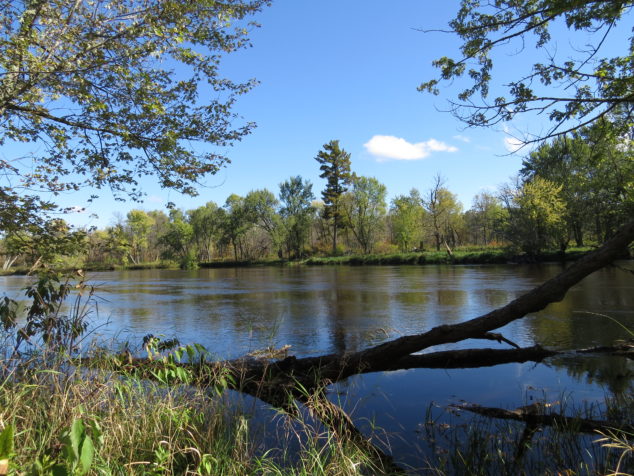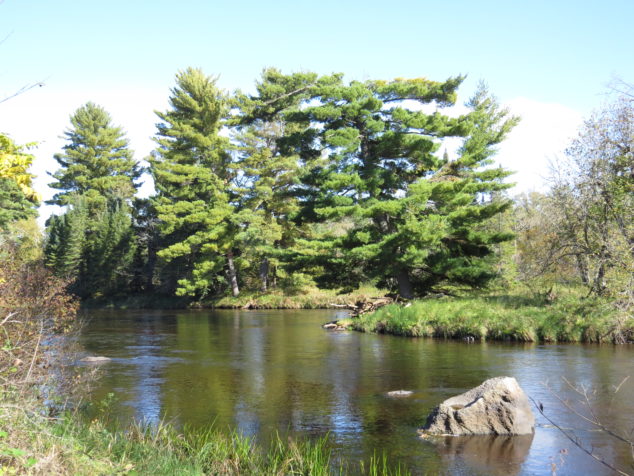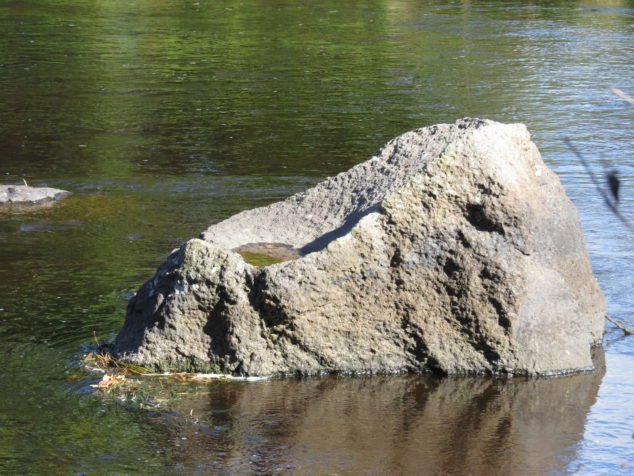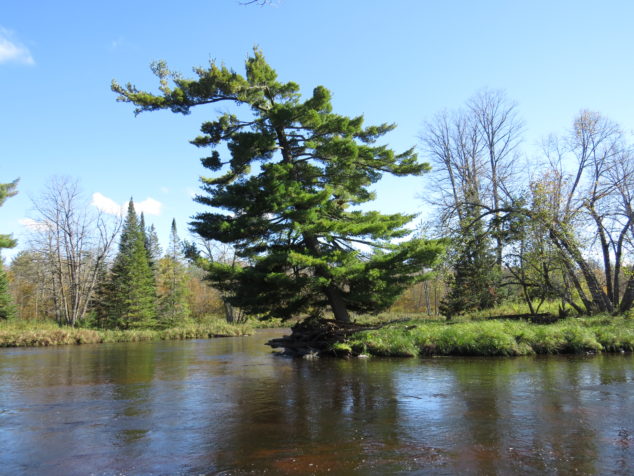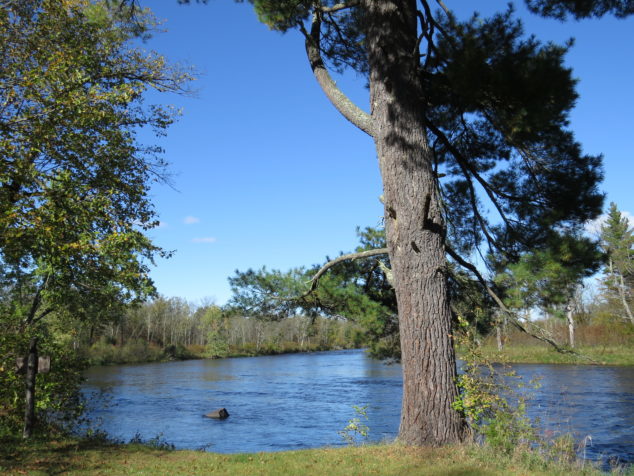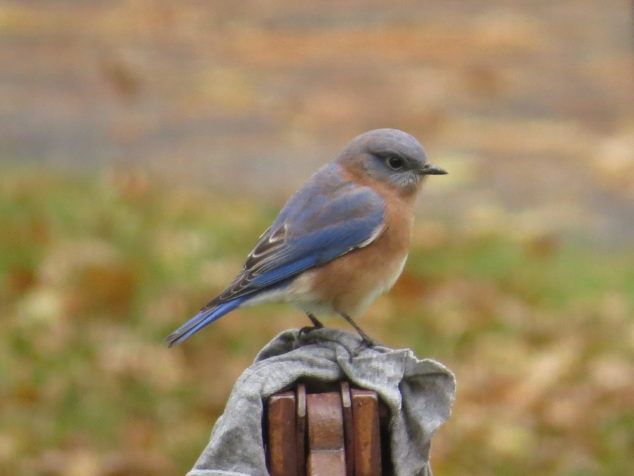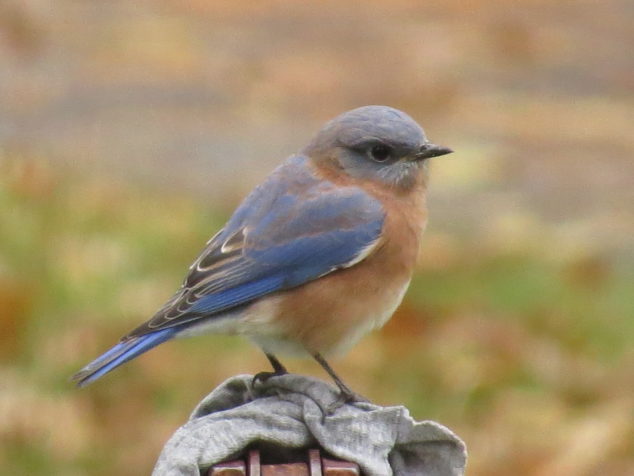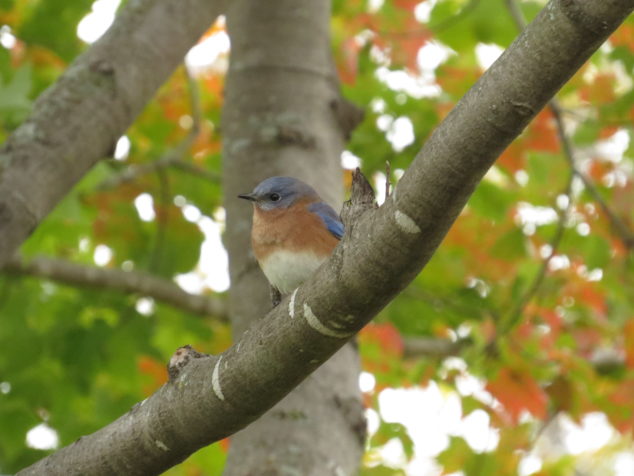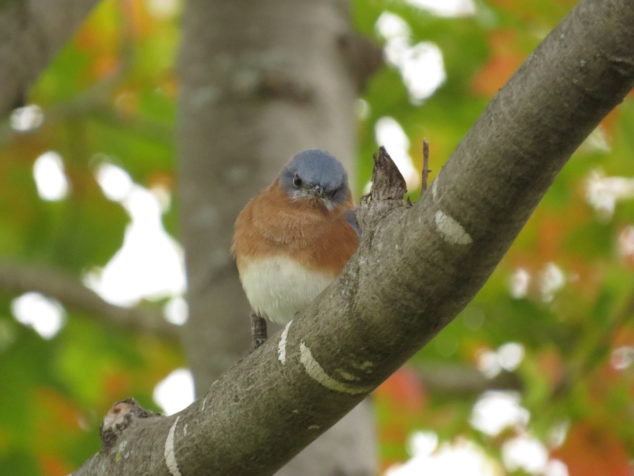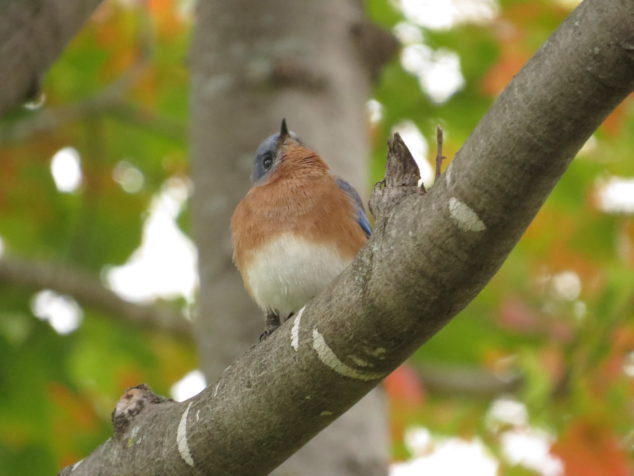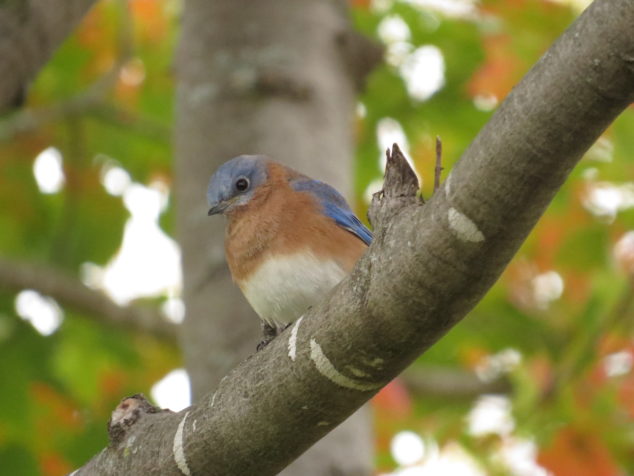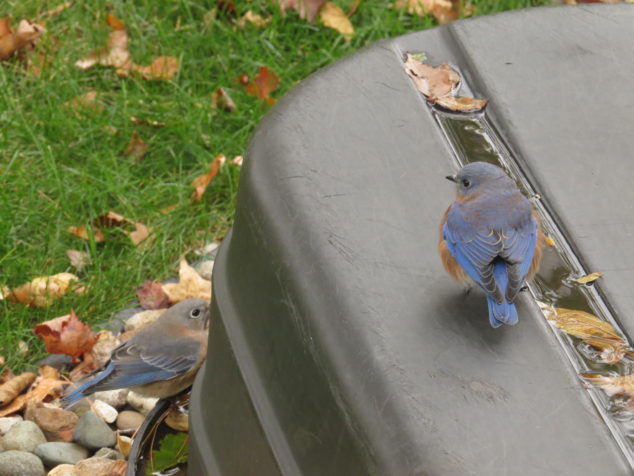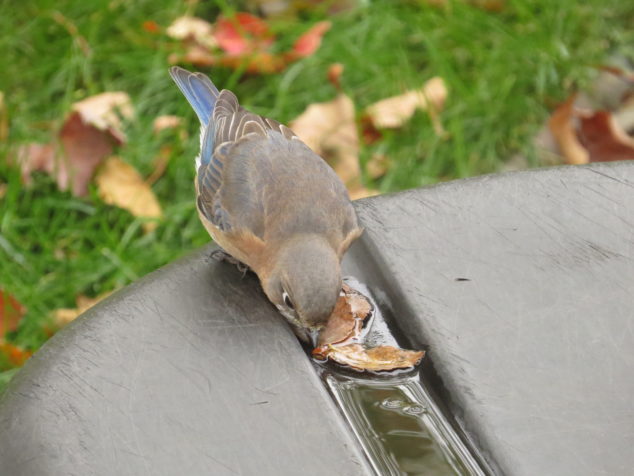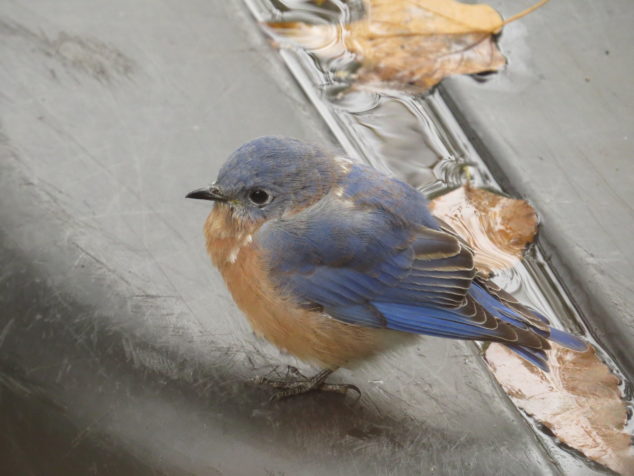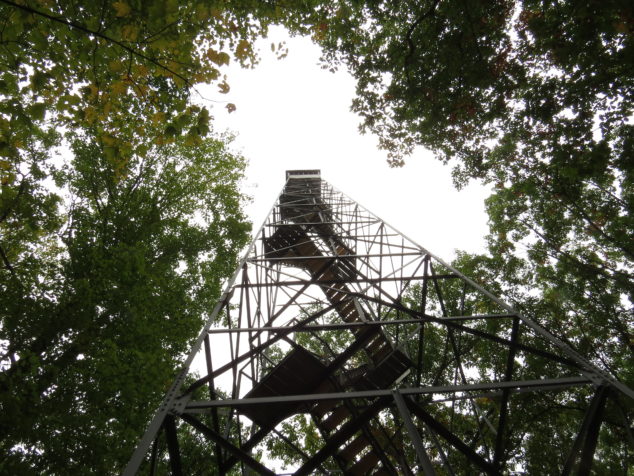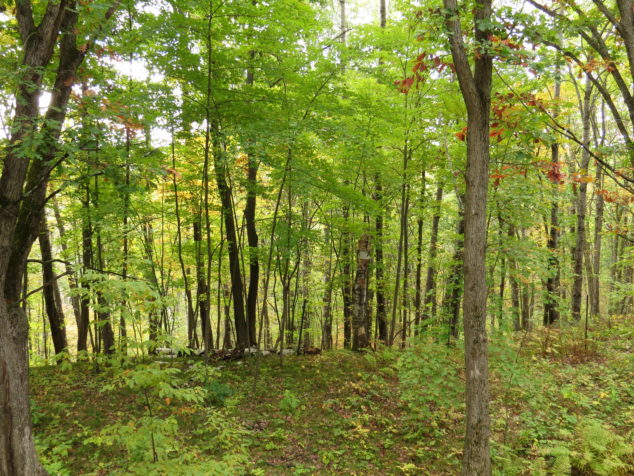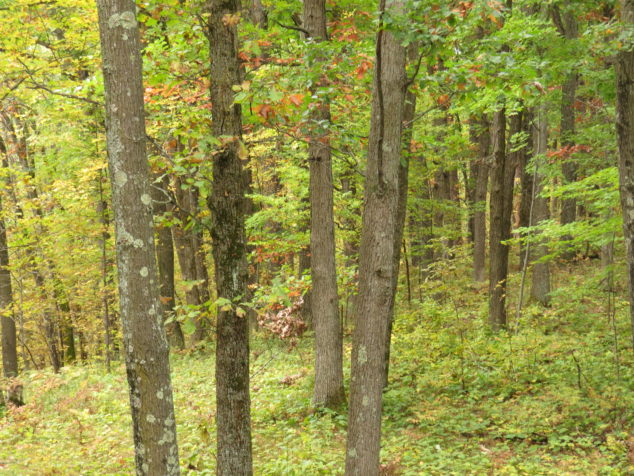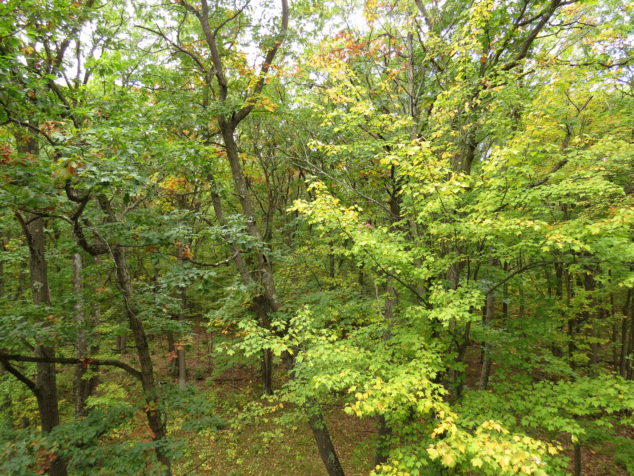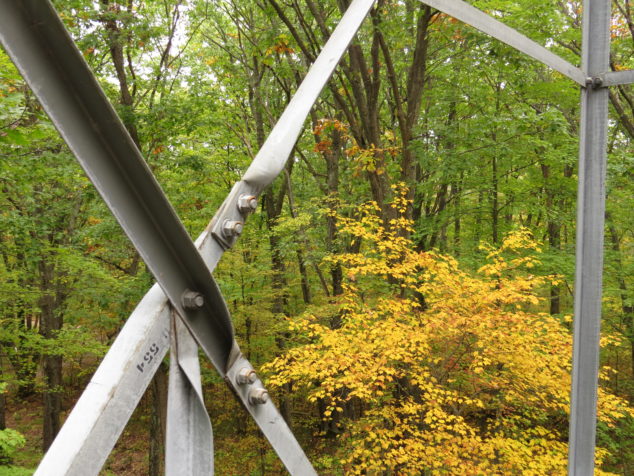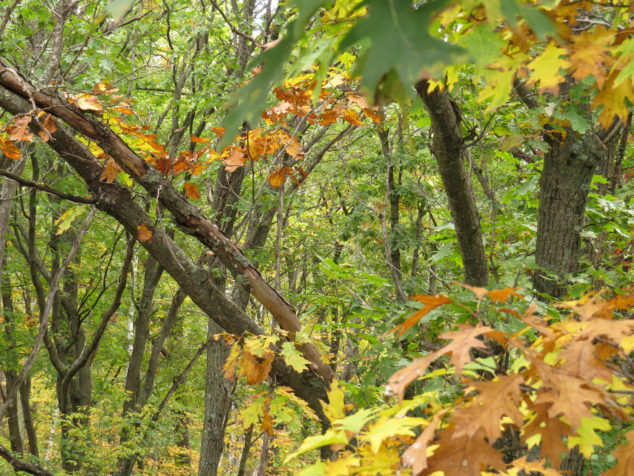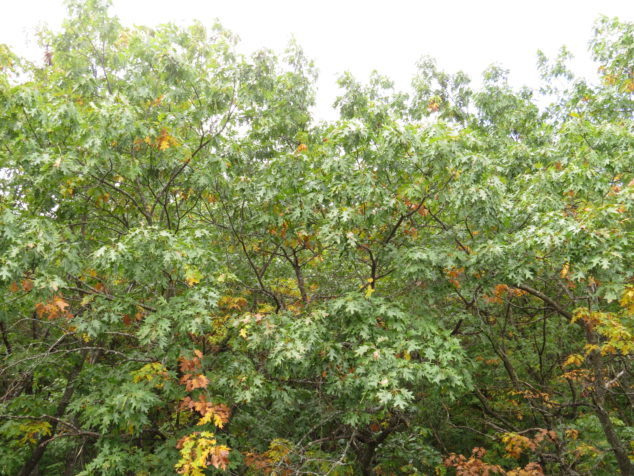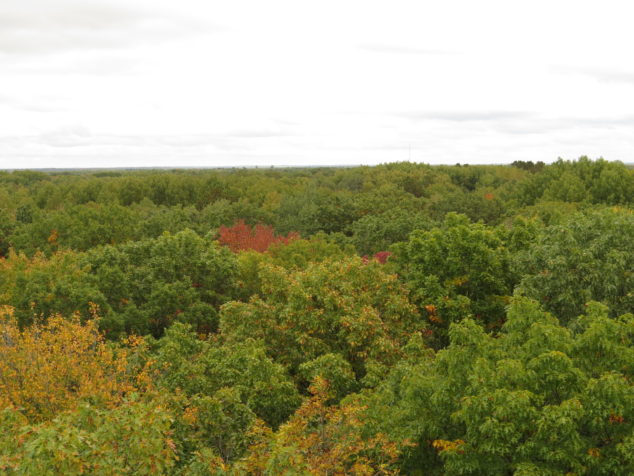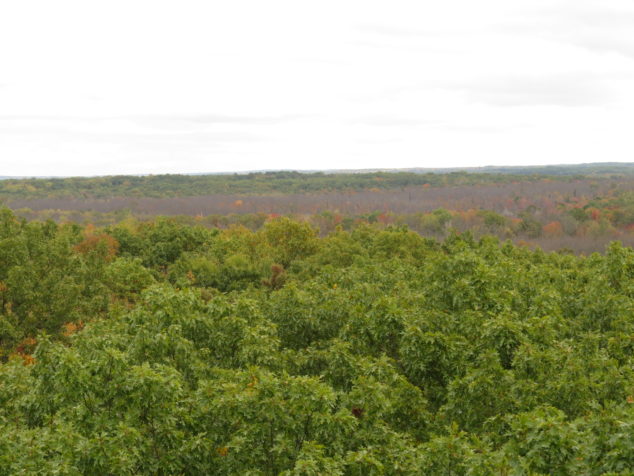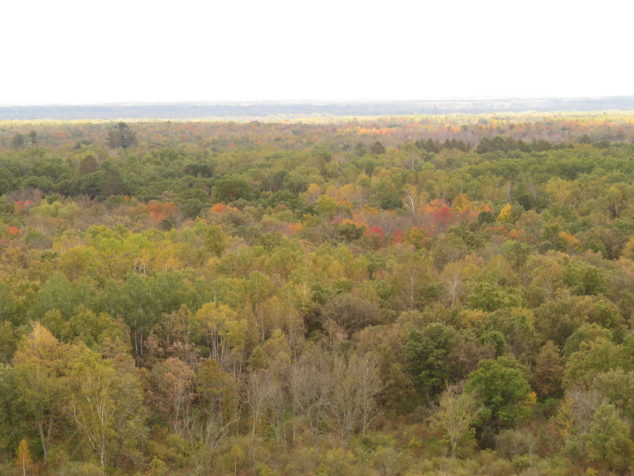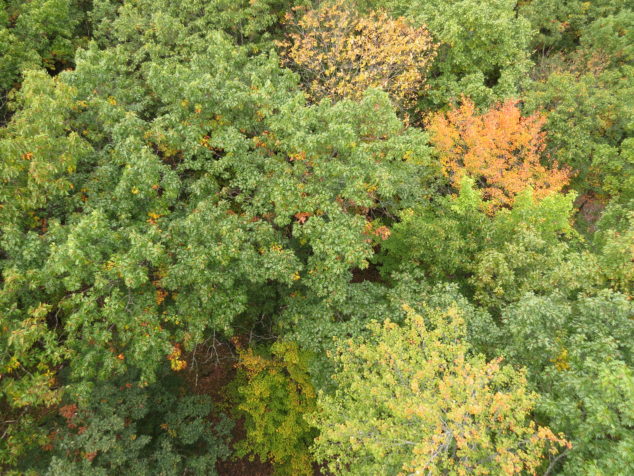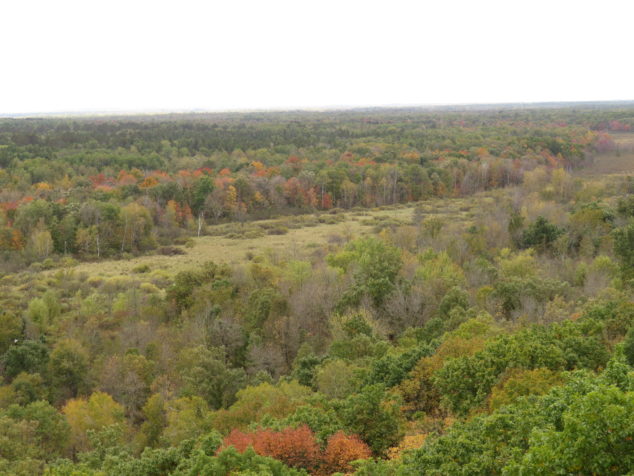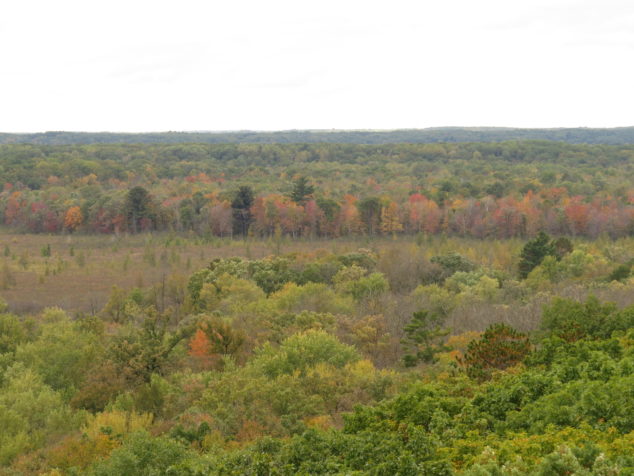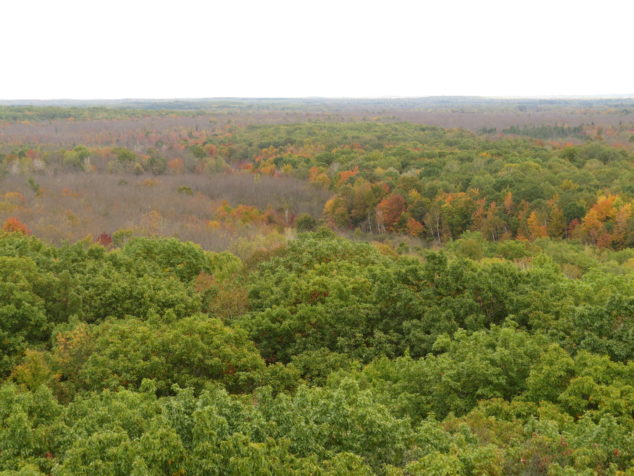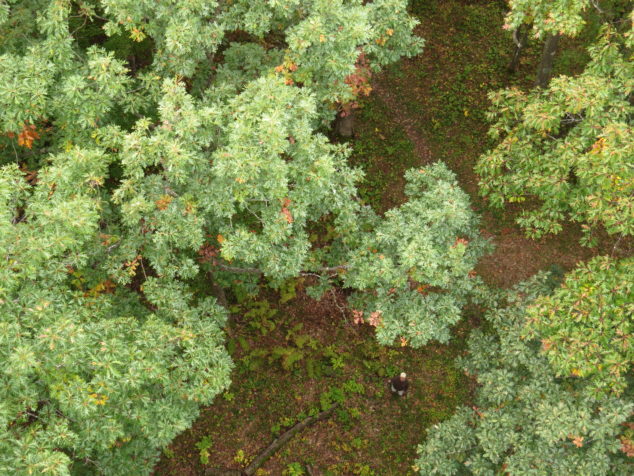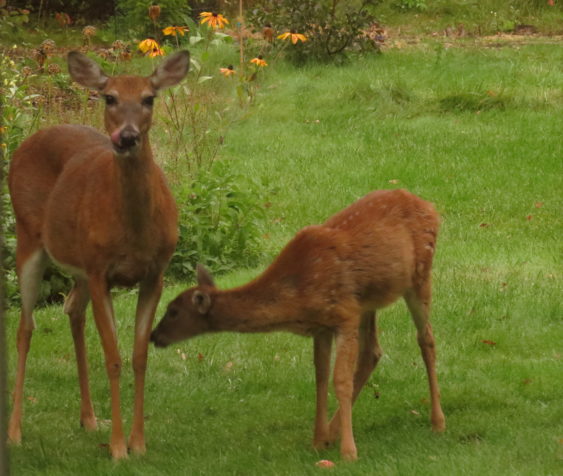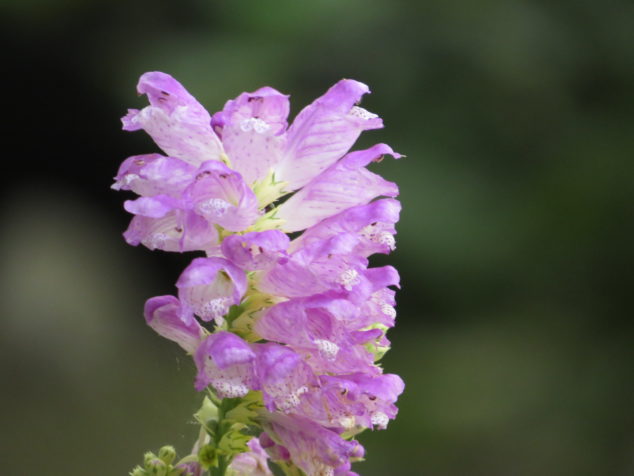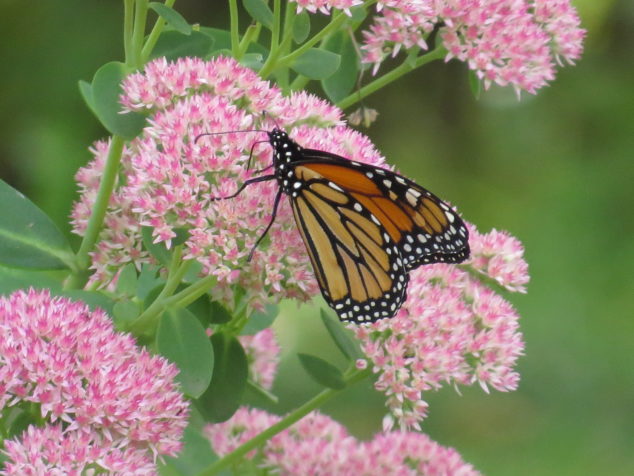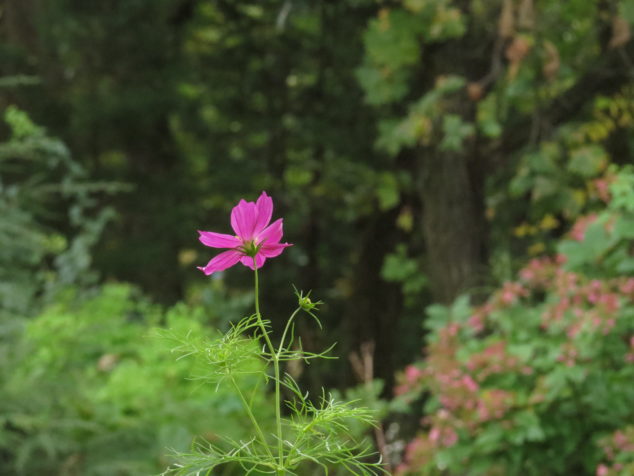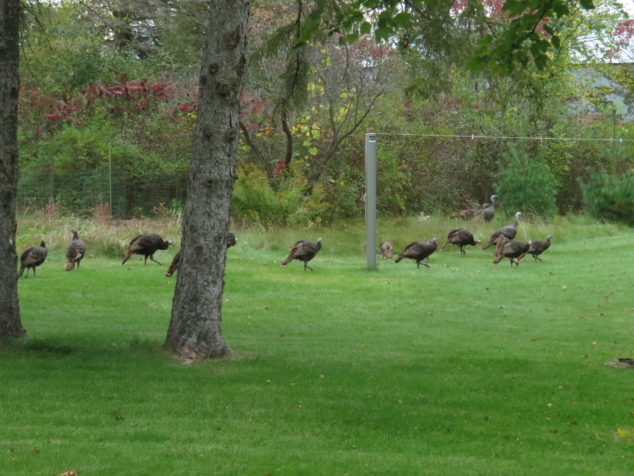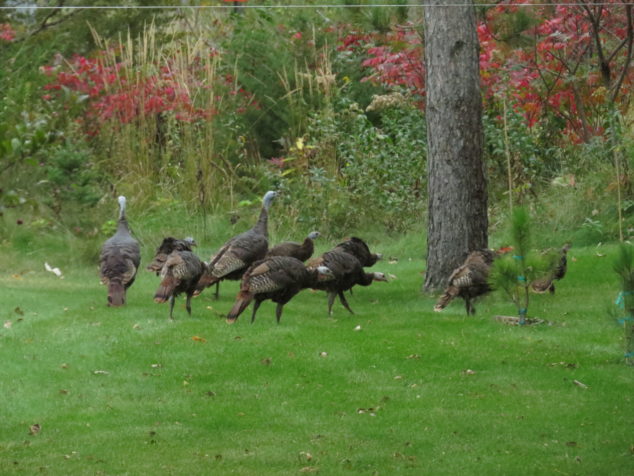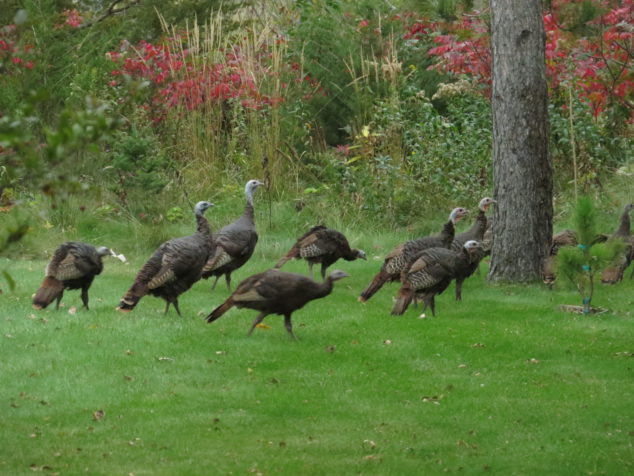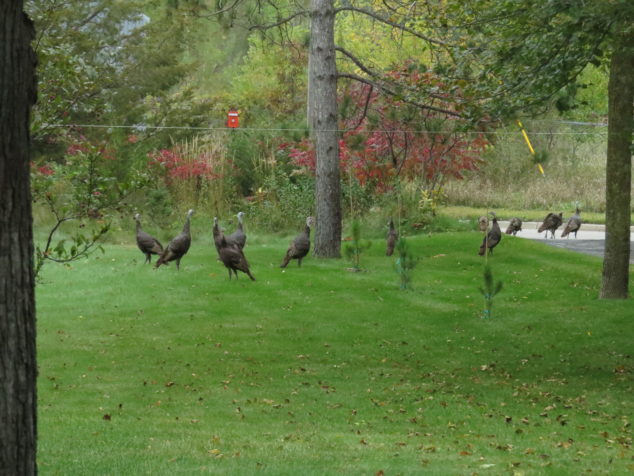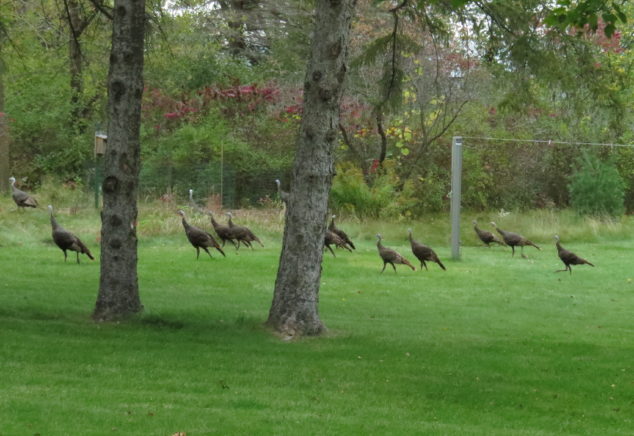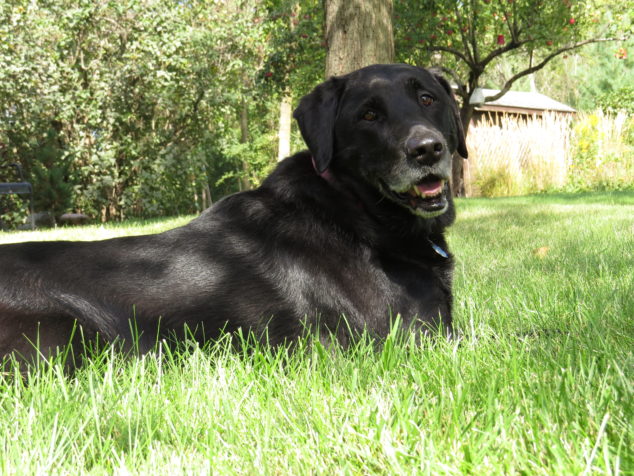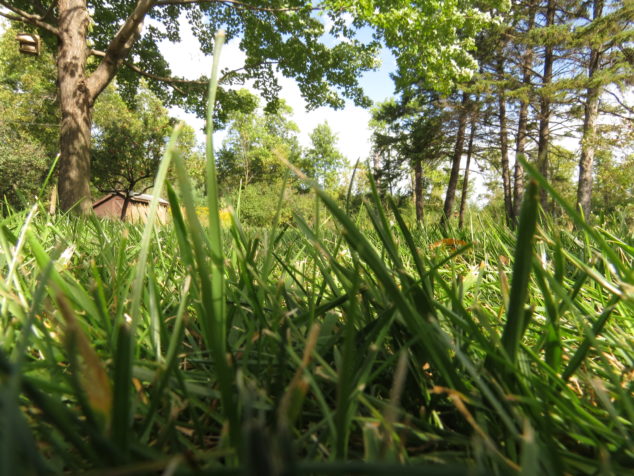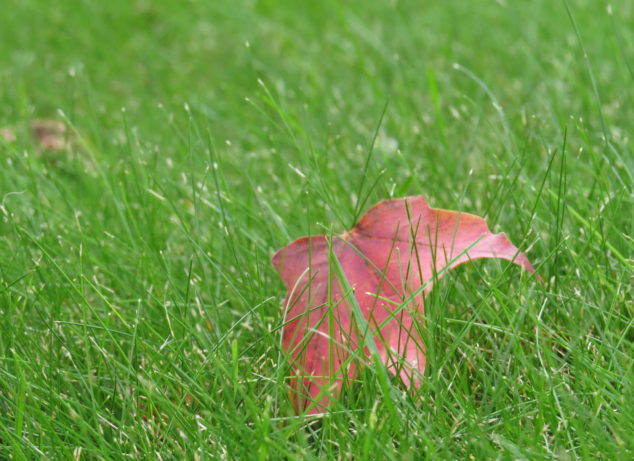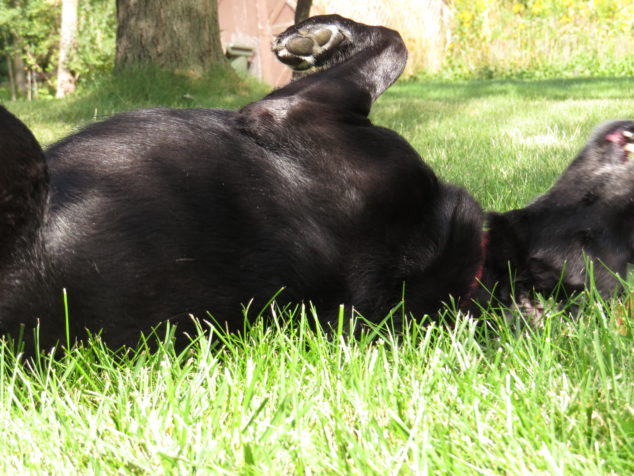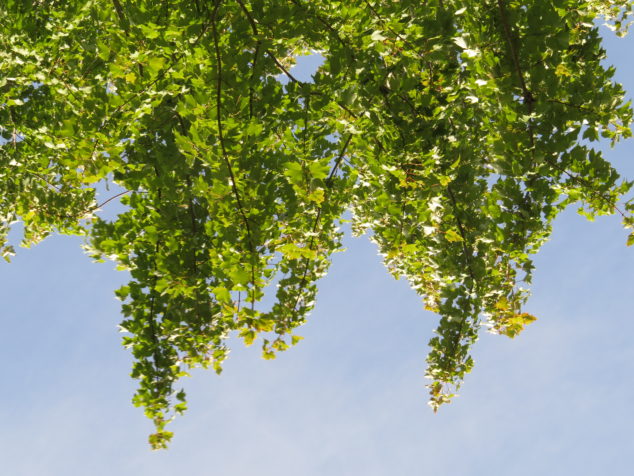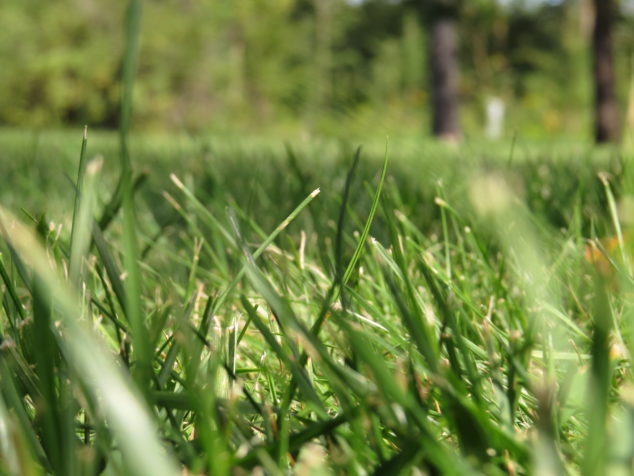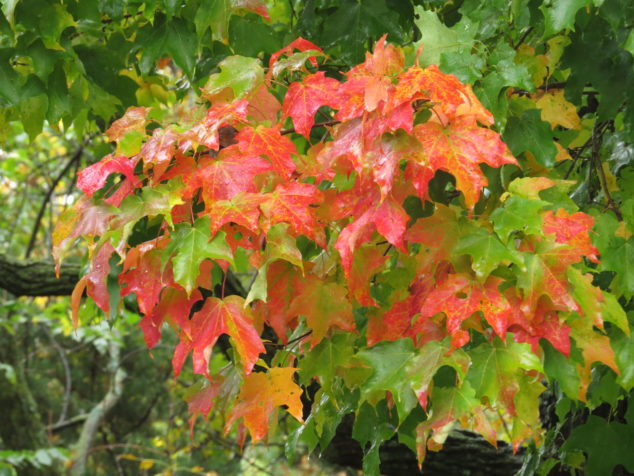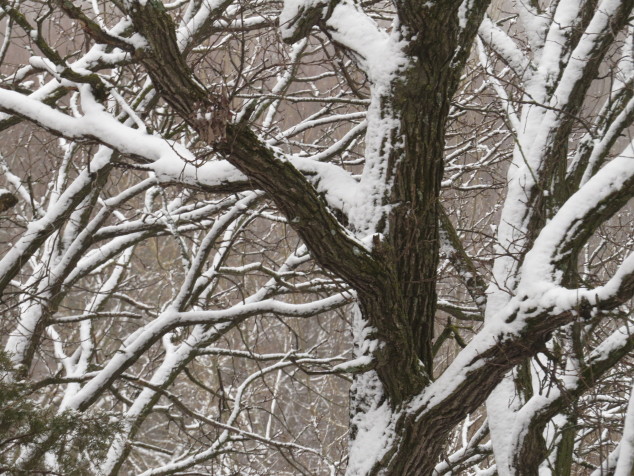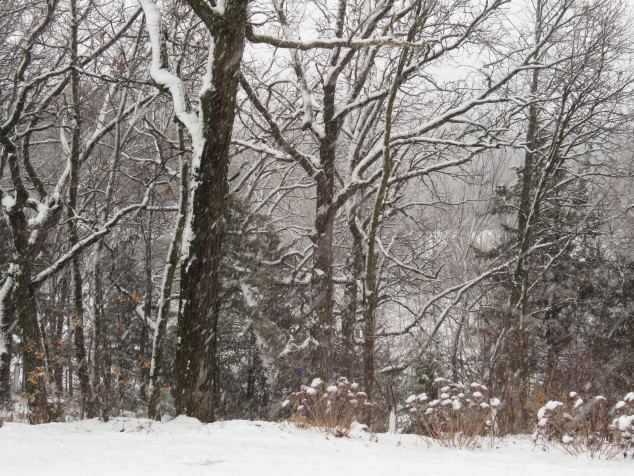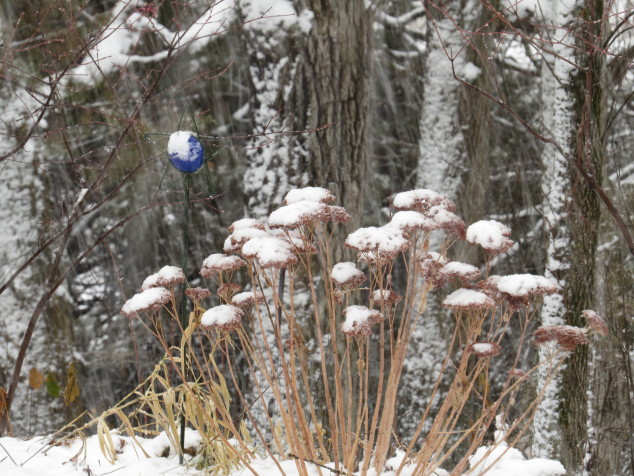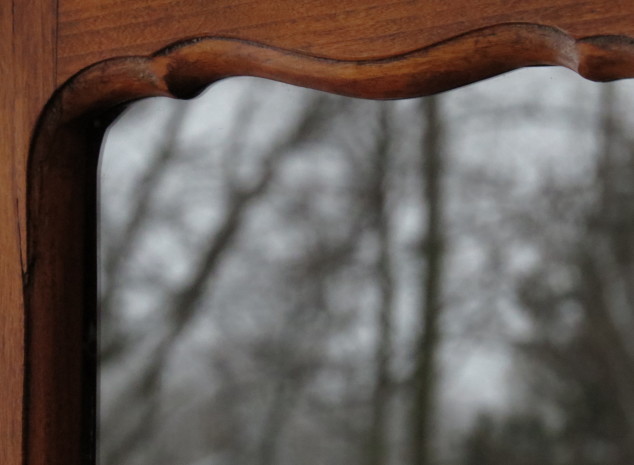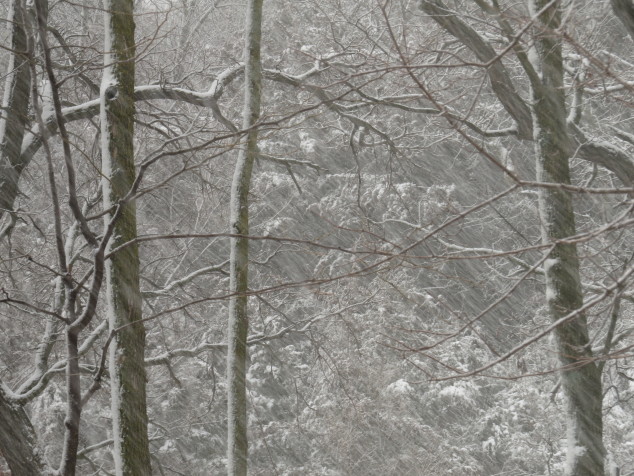One of our childhood games, as with most people I would guess, was hide and seek. Living in the country with four children in the family, it was the perfect get-outside-and-run activity with just enough ‘players’ to make it fun and last for a while, at least. I remember that giddy excitement after the designated person started counting—‘Where should I hide?!’ Or being the counter at the large pear tree, which I did slowly and deliberately, and finally yelling, ‘Ready or not, here I come!’ The seeking and the hiding both had an element of anticipation and surprise and would most often end in laughter, with only occasional arguments and crying. Yet I remember one morning when hide and seek wasn’t a fun game. When I woke up, I noticed my younger sister wasn’t in her bed, which was unusual. I went downstairs, but she was not eating breakfast or watching tv. I went back upstairs to look in her room, check under the bed, and look into my other sleeping siblings’ rooms. I felt the panic rising in my body. I couldn’t find her. I don’t even remember if it was summer, a weekend, or if my mom and dad were home or at work. After much frantic searching, I found her sleeping on the floor behind the couch. I was so incredibly relieved that I had found her, and she was safe. I know I asked her why she was there, and I know she had a reason that had made perfect sense to her at the time—but I can’t remember what it was.
Hiding is a survival mechanism for many animals in the wild. Camouflage by color—a rattlesnake or tree frog, and by shape—a walking stick or katydid, are common ways for animals to blend in with their environment in order to hide from predators. While driving along the gravel road at St. Croix State Park last month, we saw little creatures dart across the road and disappear into the foliage. ‘What was that?!’ I asked Chris. We slowed down and once again caught sight of one by the road but lost track of it when it moved into the woods. Finally a couple of them stopped, and we stopped, and I could get a picture of the Ruffed Grouse! They were so camouflaged with the surrounding environment that the camera had a difficult time focusing on anything!
These chicken-like birds with short legs and a crest of feathers are non-migratory, live in heavily forested areas, and forage for seeds and insects on the forest floor.
In spring, the males’ mating display includes a black ruff of neck feathers and fan-shaped tail feathers. Most notably, they stand on a log or rock and make a booming ‘drumming’ sound with the movement of their wings.
In winter, Ruffed Grouse eat buds of deciduous trees, roost in soft snowbanks for protection, and grow projections on their toes that act as snowshoes! The bird in the back of the photo has the crest of feathers up on his head.
Another woodland animal that uses camouflage is the white-tailed deer. The adult coat color blends in with the surrounding environment, and very young fawns with their white spots, hide in the brush while their mothers forage for food. Another characteristic of deer is their curiosity. As we hiked along a grassy road in the forest at St. Croix State Park, I looked up to see these three looking at us!
We stopped when we saw them, and I started taking pictures. The fawns were so cute and curious–it makes me smile every time I see these pictures!
They stood looking at us with bright eyes and attentive ears as long as we stayed still.
But when we began to walk slowly toward them, their ears flicked one way then another, and they looked around with wariness…
and soon scampered off into the woods.
Hide and seek. Camouflage and curiosity. Our mammalian brains are wired to ensure our safety. We take in cues from the external environment, just like the deer, and decide what is important, threatening, or dangerous. Most of this is accomplished without our conscious brain ‘knowing.’ This part of our brain is also where our emotions reside, which explains why I remember certain emotionally charged things about trying to find my sister but completely can’t recall other details surrounding it. I’m sure most of us can remember times in our lives when we just wanted to blend into the environment and not be seen or times when we wanted to run and hide—that is our brains working to keep us safe. Luckily, we also have a highly developed cerebral cortex that gives us the ability to learn, attach meaning, do abstract thinking, plan, predict, imagine, and choose, all within a sense of time, context, and empathy. Our brains are amazing! Within the confines of a safe place, our innate curiosity is unleashed, and we seek to learn about ourselves and the world around us. Childhood games and play are the training grounds for our minds and bodies for learning how to cope with our daily challenges. From our safe place, with curiosity, courage, and caring, we can yell, ‘Ready or not, here I come!’ and be prepared for whatever comes around the corner.
